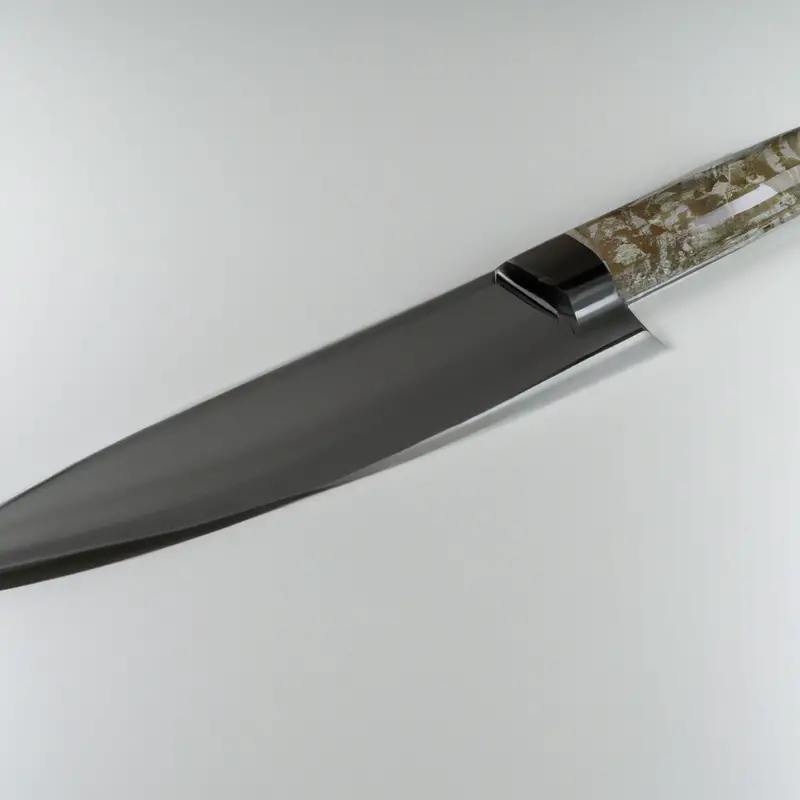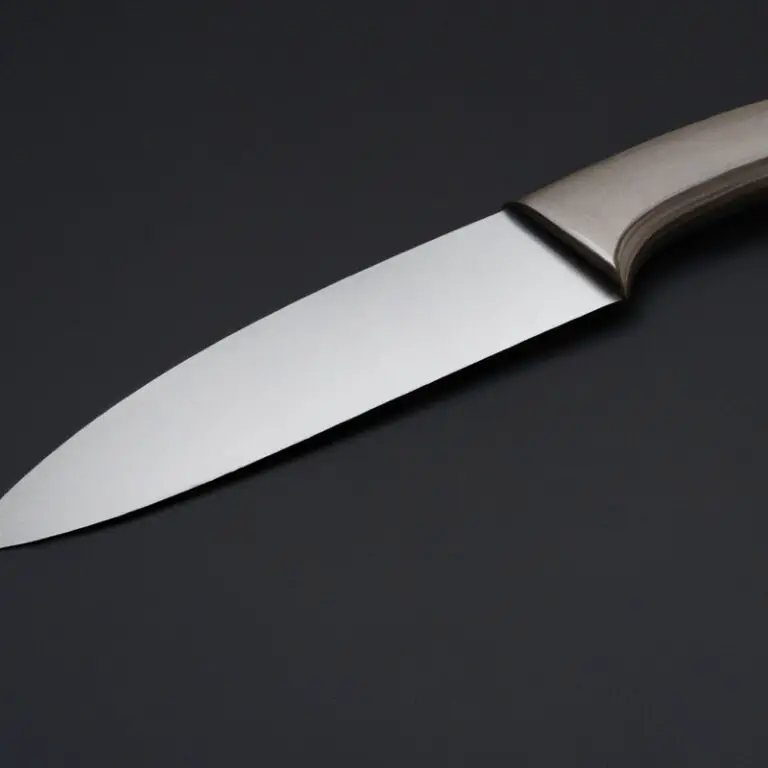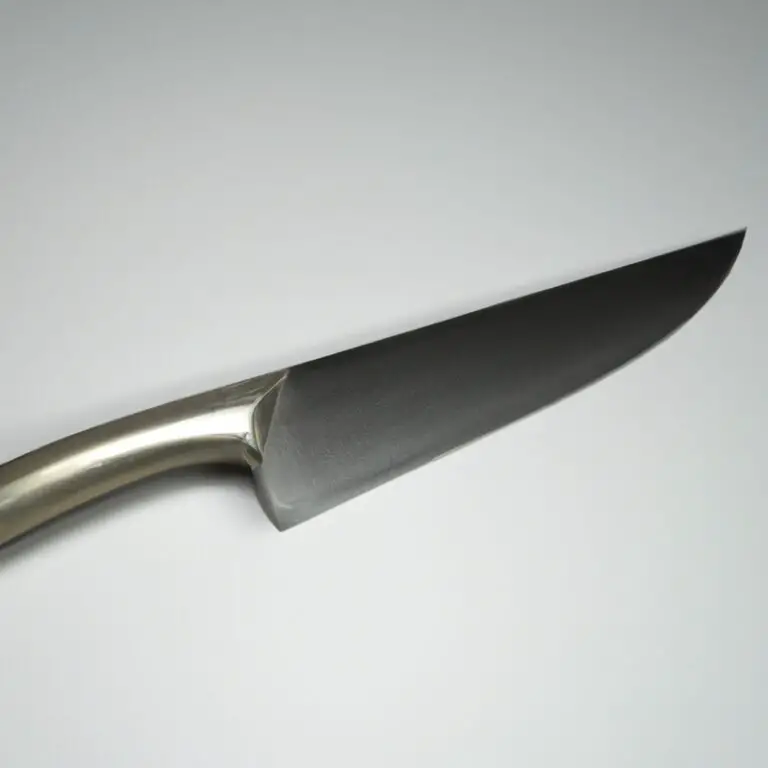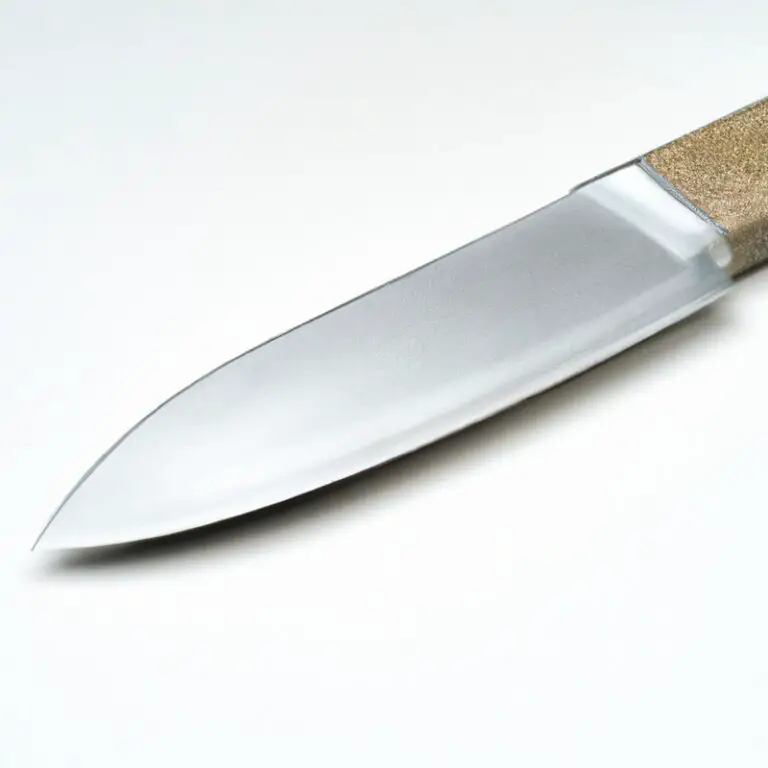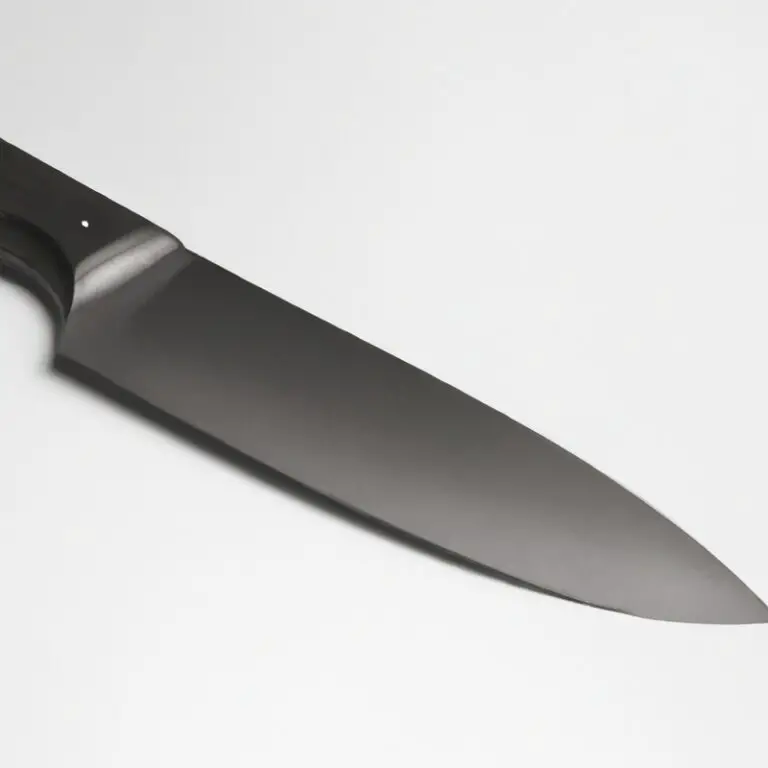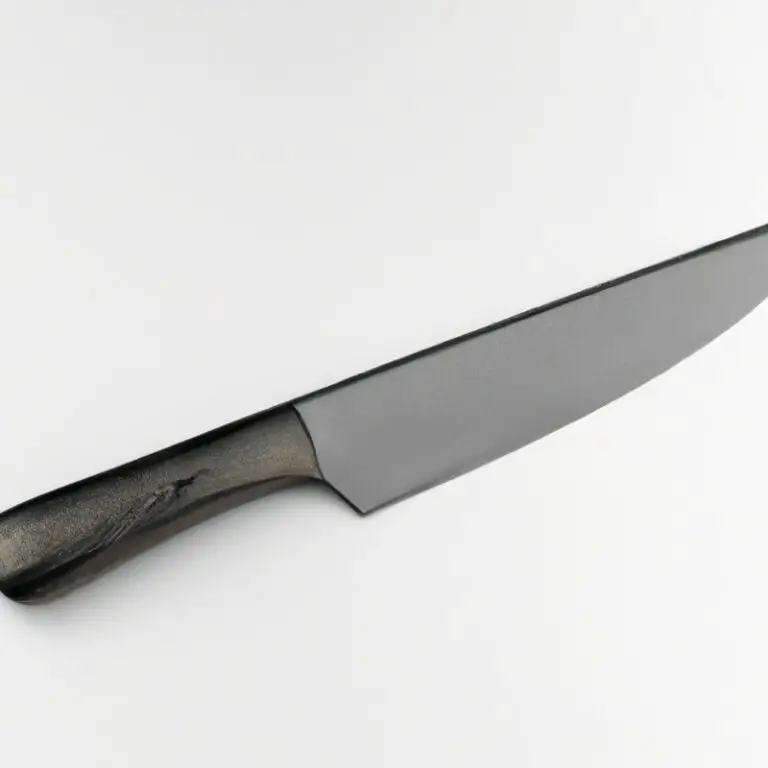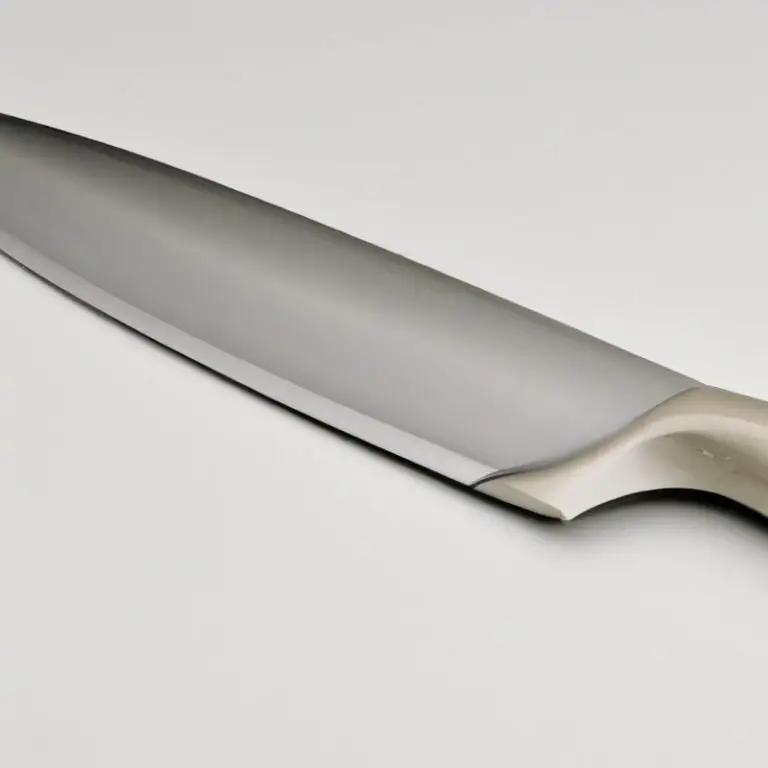How To Achieve Uniform Slices With a Gyuto Knife? Slice Like a Pro
Key Takeaways:
- Ensuring the correct angle and technique is crucial for achieving uniform slices with a Gyuto knife.
- Regular sharpening and maintenance of the knife will aid in achieving consistent and clean cuts.
- Prioritize using a high-quality Gyuto knife made from durable materials to ensure longevity and precision.
- Practice and patience are essential elements in mastering the art of uniform slicing with a Gyuto knife.
Are you tired of uneven slices ruining your dish presentation? Do you struggle to get consistent cuts with a Gyuto knife?
Well, fear not! With the right technique, you can achieve uniform slices with ease.
As a chef with years of experience working with various knives, I understand the importance of getting each slice just right. In this article, I will cover everything you need to know about using a Gyuto knife for uniform slicing, from choosing the right knife to maintaining its sharpness and proper techniques to perfect your skills.
So, let’s get started and slice like a pro!
| Gyuto Knife Techniques | Steps |
|---|---|
| Rock-Chop technique | 1. Place the heel of the blade on the ingredient 2. Raise and lift the back of the blade 3. Gently rock the blade back and forth to make thin slices |
| Push-Cut technique | 1. Gently press the blade down on the ingredient 2. Use a sliding motion to push the blade forward and cut through the ingredient 3. Repeat the motion for uniform slices |
| Pull-Cut technique | 1. Position the blade at the top of the ingredient 2. Draw the blade back towards your body 3. Repeat the motion for uniform slices |
Understanding the anatomy of a Gyuto knife: Blade, spine, and handle
To achieve uniform slices with a Gyuto knife, it’s important to understand its anatomy. The blade, spine, and handle are the three primary components of a Gyuto knife.
The blade is sharp and designed to cut through food easily.
The spine provides stability and support to the blade. The handle is where you hold the knife, and it should be comfortable to grip to allow for easy, controlled slicing.
Additionally, the material used to create the blade, spine, and handle can affect the knife’s overall performance, durability, and weight.
Understanding the anatomy of a Gyuto knife and choosing the right materials can make a significant difference in achieving uniform slices and overall cutting performance.
The importance of choosing the right Gyuto knife for uniform slicing
Choosing the right Gyuto knife is essential for achieving uniform slices. A well-designed knife will help you cut through the product effortlessly, whether it is meat, vegetables or fruits, yielding equal slices with ease.
A quality Gyuto knife has a durable and sharp blade that can cut through any food item with incredible precision.
Moreover, the right Gyuto knife will have a comfortable handle, which is vital for extended use without any hand fatigue or discomfort. Therefore, it is crucial to invest in an excellent quality Gyuto knife that meets your specific slicing needs.
Basic techniques for holding a Gyuto knife
When it comes to holding a Gyuto knife, there are a few basic techniques to keep in mind to achieve precise and uniform slices. First, grip the handle firmly with your dominant hand, while placing your other hand on the spine behind the blade.
Keep your fingers curled back and away from the blade to prevent accidental cuts.
Next, position the blade at a slight angle on the cutting surface, and slice through the food in a sweeping motion. Use the full length of the blade and focus on maintaining a consistent angle throughout the cut.
This can take some practice to perfect, but using a Gyuto knife can make the process easier.
It’s also important to keep the knife properly balanced and to use regular honing to maintain its sharpness. When slicing through harder vegetables or meats, use a rocking motion with the blade to help apply more pressure and achieve a cleaner cut.
Remember to always use caution when handling a sharp blade and to avoid cutting towards yourself or others.
With practice and attention to detail, you can master the basic techniques for holding a Gyuto knife and achieve consistent, uniform slices every time.
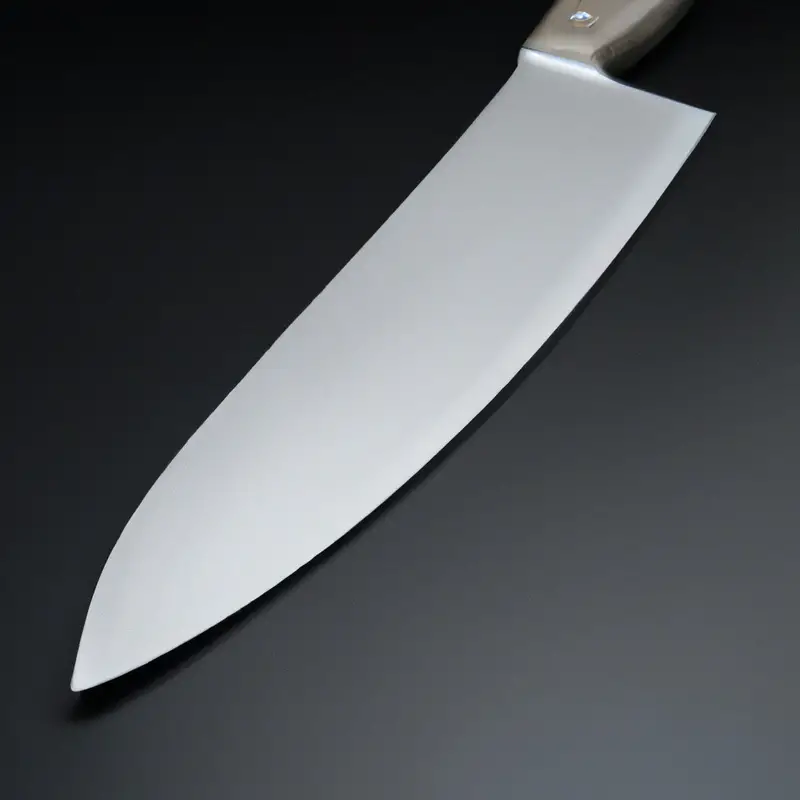
Essential safety practices when using a Gyuto knife for slicing
Essential Safety Practices When Using a Gyuto Knife for Slicing:
- Use a cutting board: Always place a cutting board on a stable surface to prevent the blade from slipping.
- Hold the knife correctly: Make sure to grip the handle firmly and position your index finger on the spine of the blade.
- Cut away from yourself: When slicing, always cut away from your body to avoid any injuries.
- Maintain a safe distance: Keep your free hand and fingers away from the blade and the cutting area.
- Keep the blade sharp: A sharp blade is less likely to slip and cause injuries.
- Store the knife correctly: When not in use, keep the knife in a knife block or protective cover to prevent accidents.
By following these essential safety practices, you can prevent unnecessary injuries and ensure a safe and enjoyable slicing experience with your Gyuto knife.
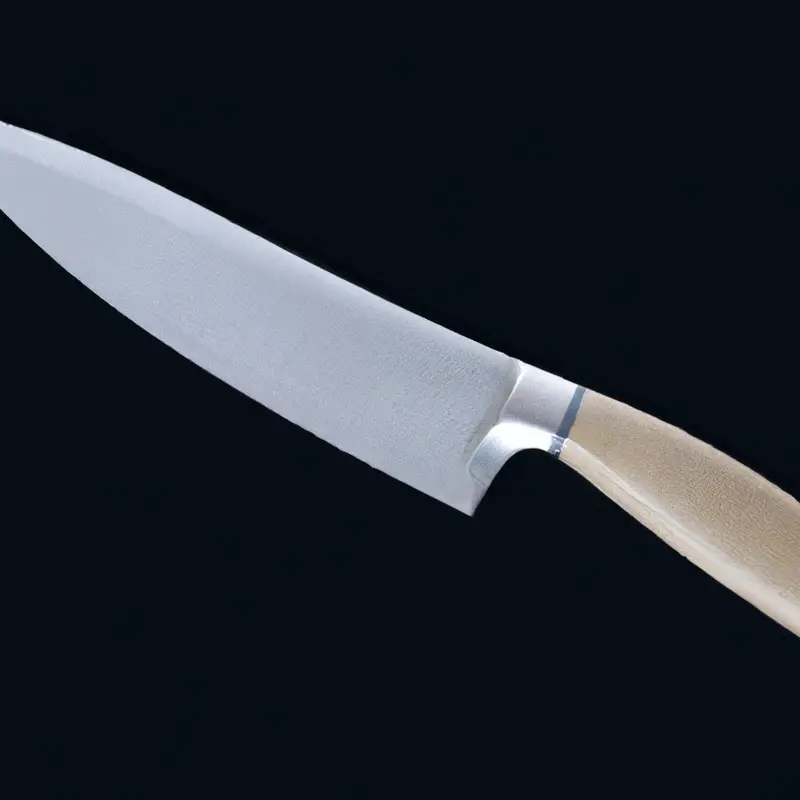
The importance of knife maintenance for uniform slicing
Proper knife maintenance is crucial for achieving uniform slices with a Gyuto knife. Dull blades can lead to uneven cuts, making it difficult to cook food properly.
It is important to regularly sharpen your knife to maintain its sharpness.
Honing your blade with a honing rod before each use can also help to maintain its edge. Additionally, it is important to clean and dry your knife thoroughly after each use to prevent rust and oxidation.
Taking good care of your knife can prolong its lifespan and ensure consistent, precise cuts every time.
Importance of blade sharpening and the right honing technique
The key to achieving uniform slices with a Gyuto knife is maintaining a sharp edge and using the right honing technique. A dull blade will result in uneven cuts and potentially damage the food you are slicing.
Proper sharpening and honing can prolong the lifespan of your knife and maintain its performance.
Honing should be done regularly to maintain the edge, whereas sharpening can be done less frequently, depending on how often you use the knife. Choosing the right sharpening stone or tool is crucial as it can affect the sharpness and edge retention of your blade.
It is essential to learn the correct sharpening and honing techniques to ensure optimal and safe use of your Gyuto knife.
Techniques for slicing vegetables and fruits uniformly with a Gyuto knife
To achieve uniform slices with a Gyuto knife, start by selecting a firm, symmetrical vegetable or fruit. Use a pinch grip to hold the knife and slice with a slow, continuous motion.
Keep the knife perpendicular to the cutting board and use your non-dominant hand to guide the vegetable or fruit.
When slicing, use the full length of the blade and avoid sawing back and forth. For thinner slices, tilt the knife slightly and use a rocking motion.
For thicker slices, adjust the angle of the blade and use a slower motion.
Practice these techniques with various vegetables and fruits to perfect your slicing skills with a Gyuto knife.
Tips for achieving precision when slicing meat and poultry with a Gyuto knife
Tips for achieving precision when slicing meat and poultry with a Gyuto knife:
- Choose the right size of the Gyuto knife for the meat or poultry you are slicing. A longer blade is better for larger cuts, while a shorter blade is better for smaller cuts.
- Use a honing rod or sharpening stone to keep your blade sharp for precise cuts. A dull blade can easily slip and cause uneven slices.
- Hold the meat or poultry firmly with your non-dominant hand while using a slicing motion with your dominant hand. Keep a consistent angle with each slice to ensure uniformity.
- Use a sawing motion instead of pushing down on the blade to avoid tearing the meat or poultry. This will result in clean, precise cuts.
- Take breaks when needed to avoid fatigue, which can cause shaky hands and impact the precision of your cuts.
- Consider the temperature of the meat or poultry before slicing. Cold meat is easier to slice than room temperature or warm meat.
By following these tips, you can achieve precision when slicing meat and poultry with a Gyuto knife, resulting in uniform and visually appealing slices.
Common mistakes to avoid when using a Gyuto knife for uniform slicing
Common mistakes that should be avoided when using a Gyuto knife for uniform slicing are crucial to ensure precision, efficiency, and safety. One of the most significant errors is using dull and damaged blades, resulting in uneven cuts and increased risk of accidents.
Another mistake is holding the knife incorrectly, with fingers too close to the blade, which can lead to cuts and lacerations.
Moreover, not using a consistent slicing motion, not maintaining proper hand positioning, and not paying sufficient attention to the food’s texture can all impact the uniformity of the slices. It is also essential to avoid exerting too much pressure on the knife, as it can result in uneven pieces and cause fatigue, reducing the precision of cuts.
Finally, not properly cleaning and storing the knife can cause rusting or other damage and decrease the knife’s lifespan.
By avoiding these common mistakes, using a Gyuto knife for uniform slicing can transform your culinary skills.
How to perfect your slicing skills with a Gyuto knife through practice and repetition
To perfect your slicing skills with a Gyuto knife, practice and repetition are crucial. Start with basic slicing techniques and gradually move onto more advanced techniques.
Focus on maintaining a consistent angle and pressure while slicing.
Pay attention to the grip of your knife and the item being sliced. Practice on different textures and sizes of produce/meat to improve your skills.
Lastly, don’t rush the process.
Take your time and continue practicing to perfect your slicing skills with a Gyuto knife.
Final Verdict
A Gyuto knife is an excellent tool for achieving uniform slices of vegetables, fruits, meat, and poultry. It is essential to choose the right Gyuto knife for the job, learn the basic techniques and safety practices and maintain the blade regularly.
By sharpening the blade and using the right honing technique, you can achieve precision and consistency in your slicing.
Avoid common mistakes and perfect your slicing skills through practice and repetition. With proper guidance and dedication, anyone can become a master at slicing with a Gyuto knife.
By following the tips and techniques outlined in this article, you can elevate your culinary skills and deliver aesthetically pleasing and delicious dishes.
Trust in the value of this knowledge and practice it to perfection.

